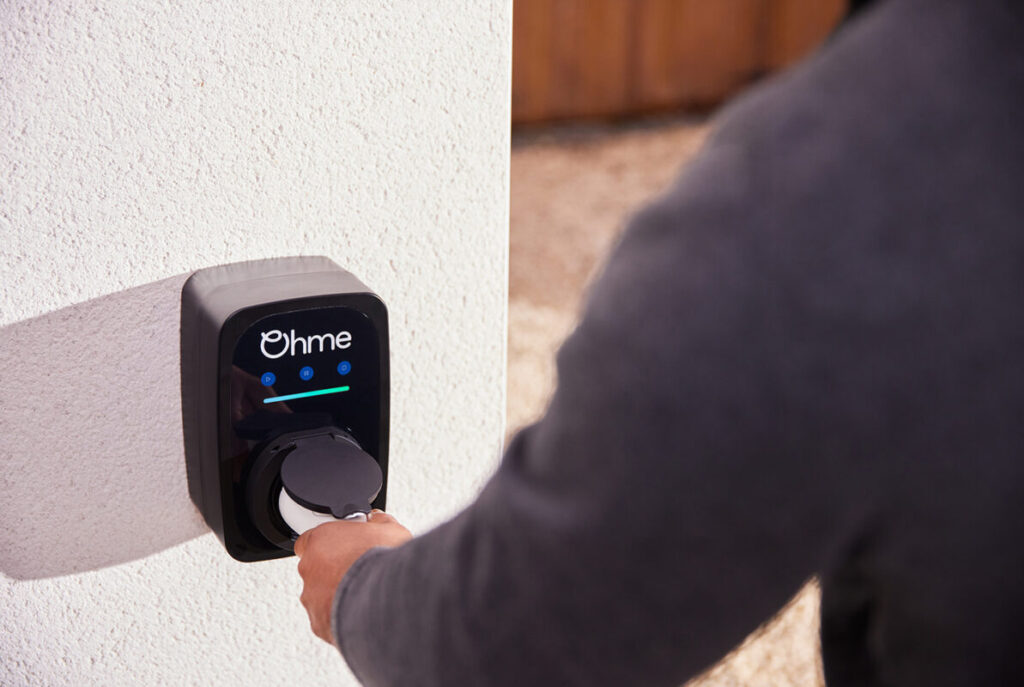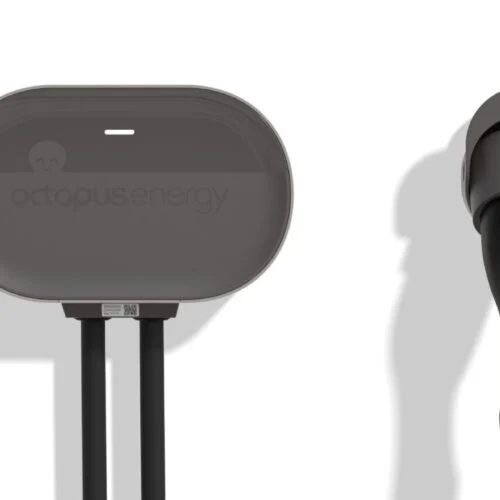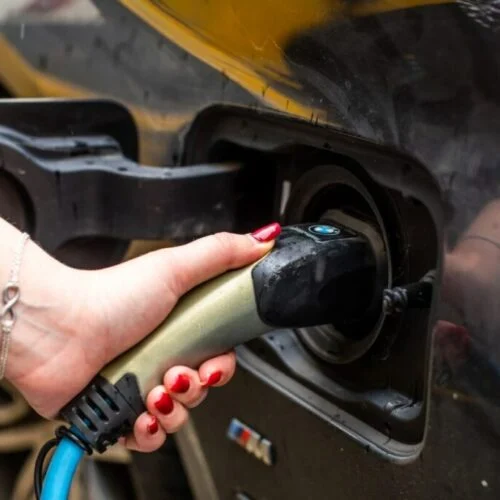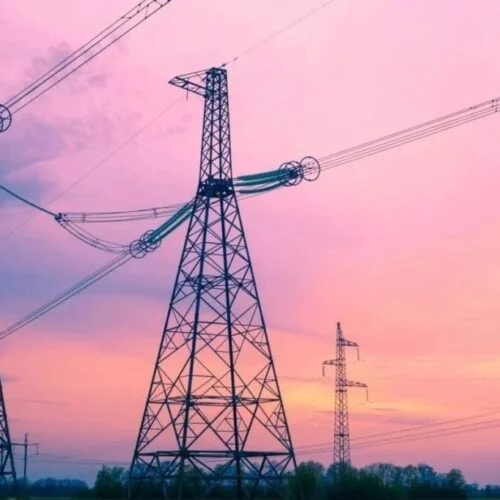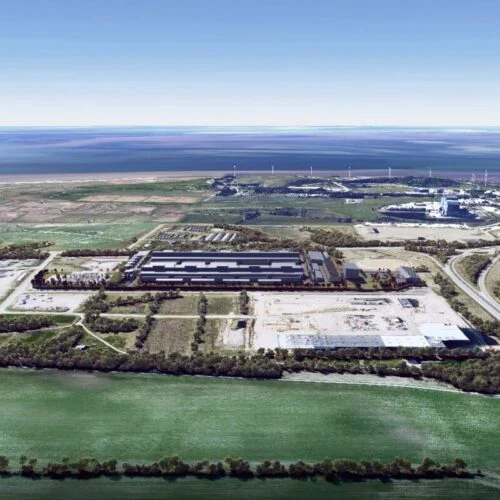Home EV charging provider Ohme has announced a collaboration with E.ON Next to offer what the companies say is the “longest and lowest” off-peak charging rate on the market.
The Next Drive tariff, available to customers who use E.ON Next as their electricity supplier, offers home charging for 6.7p/kWh between midnight and 7am. Existing Ohme customers who switch to the E.ON Next Drive tariff before the end of July will also receive a £75 credit on their energy account.
E.ON Next’s commercial director Jean Coleman said: “We want to make the switch to electric easy and accessible for all, helping to ensure that no driver is left behind in the e-mobility transition.”
At the end of May, the energy supplier partnered with smart energy platform Kraken, part of the Octopus Energy Group, on a flexible demand management system designed to make energy cheaper for consumers, which the companies said the first wave would focus on EV charging tariffs.
Octopus Energy, which is the UK’s largest energy supplier, offers its own tariffs using the Kraken platform and last week launched its first home charger that integrates with the Intelligent Octopus Go and Drive Pack tariffs.
Energy suppliers leverage the lower wholesale cost of electricity at times when it is in abundance and largely unused, like overnight, to offer the cheaper tariffs. It also benefits the electricity grid by moving activities with high power requirements, like charging an EV, away from busy times with the grid can struggle to meet demand.
Demand side flexibility will have to play a role in the clean energy transition, and finding ways to motivate consumer participation has been the focus of several studies.
Ohme offers its hardware and smart charging platform for flexibility projects, and at the start of this year revealed that as part of the Ofgem-funded Winter CrowdFlex trial, it rewarded EV drivers over £100,000 for charging at certain times to balance the grid.
Utilisation and availability trials will continue testing how different recruitment messages affect participation and gather data to model how best to establish domestic flexibility as a more reliable resource for grid balancing and operation.
Saving money was cited by 73% of customers as the reason for taking part in the trial, however data showed that non-fiscal messaging was almost as effective in eliciting sign-ups; the annual report published by the National Energy System Operator (NESO) states that “behavioural patterns have not yet shown evidence of strong price sensitivity”.
